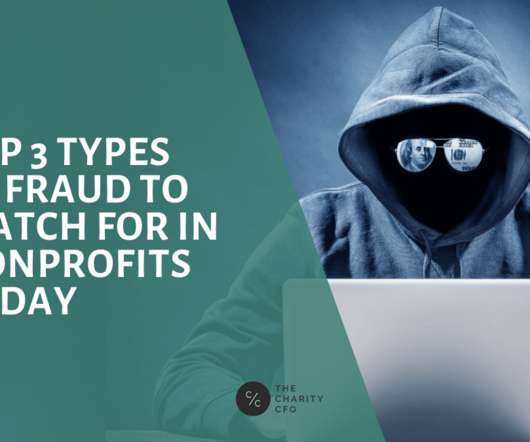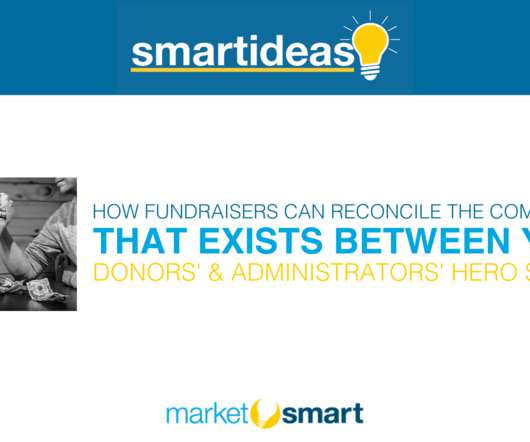3 Types of Nonprofit Fraud to Watch Out for Today
The Charity CFO
MARCH 24, 2022
The USDA relaxed the rules for those who can participate in the programs, allowing for-profit restaurants to join and allowing meals to be packaged and consumed off-site. . 3 Common Types of Fraud in Non-profits . Participate in a financial statement audit. The three typical fraud schemes include: . #1:












Let's personalize your content